In the run-up to the federal election, Labor has revealed a new aspect of its policy aimed at building a renewable energy economy. The party has pledged to boost Australia’s potential as a resource powerhouse and battery production superpower by investing $75 million in developing the future mining of resources such as lithium.
To discover future mines and deposits, Labor’s investment will reverse the Liberals’ decision to axe the Exploring for the Future program – a program that uses cutting-edge technology to build underground maps that show where mineral deposits lie. This will support local jobs, local industries, local manufacturing of future commodities and a cleaner energy future, Labor says.
“Two-thirds of Australia’s potential mineral deposits remain undiscovered because they lie below the surface and could not be explored until the advent of new technology like ground penetrating radar, big data and machine learning – all deployed by the Exploring for the Future program,” Labor said in a statement.
The party criticized the decision to axe the program despite its success – like showing the South Nicholson Basin north of Mt Isa is three times larger than previously though and highlighting potential new gold and copper deposits in Tennant Creek. It also stressed Australia was falling behind in the global resource exploration and mining race.
“While the world is discovering “Tier 1” deposits at a rate of three a year, Australia has not made a Tier 1 discovery since 2005,” Labor says. “Mining contributes more export income for Australia than all other industries combined, but 80% of its $221 billion in earnings during 2017-18 came from mines discovered more than 40 years ago, and our global share of exploration spending has halved in the last two decades.”
This commitment is part of Labor’s broader Future Mines and Jobs Plan, which also includes establishing the Australian Future Mines Centre to co-ordinate exploration work and lead the research as part of a $23 million Australian Research Council Special Research initiative, and providing $2 million to support 100 new scholarships for mining engineers, with 50 of them for women.
The Labor announcement comes following calls for Australia to consider its downstream manufacturing capabilities, with the nation’s mineral reserves covering 90% of the elements required in li-ion battery chemistry.
In an attempt not to miss out on the opportunity, the Coalition government has launched a strategy-seeking investment to unlock Australia’s potential in lithium-ion battery production and vowed to offer yearly tax offsets of up to $200,000 for investors, in addition to a 10-year capital gains exemption for investments that are held for at least one year. On top of that, it has backed Western Australia’s battery manufacturing ambitions with a $25 million grant to establish a research facility at Curtin University in Perth. The $135 million Future Battery Industries Cooperative Research Centre will address industry-identified gaps in the battery industry value chain, support battery deployment and optimise the circular economy for battery recycling.
Renewable energy zone in WA
Under Labor, resource-rich Western Australia (WA) would remain in focus. As noted in a separate press release from shadow climate change and energy minister Mark Butler, the party plans to unlock the massive renewable energy investment potential in the state and make the South West a Renewable Energy Zone (REZ).
Noting that WA is lagging behind other states, which are reaping the benefits of large-scale renewable energy, Butler says that only 7.5% of South West Interconnected System (SWIS) energy comes from renewables. “This is set to significantly grow as Western Australia moves to address regulatory and administrative barriers to more investment,” he says, adding that there has been an uptake in investment, with 1,000 MW of new renewable capacity seeking connection in the South West of WA, which is waiting for transmission and other infrastructure investment.
Designating the South West of WA as REZ would address this need as the region could benefit from potential support from Labor’s $5 billion Energy Security and Modernisation fund, which is an integral part of Labor’s nationwide Energy Plan to deliver 50% renewable energy by 2050.
WA is known for its vast resources of lithium-ion battery materials such as lithium, nickel, cobalt and rare earth minerals. Earlier this year, the McGowan Labor government launched a strategy to grow WA’s future battery industry, which includes plans for an investment attraction strategy. Meanwhile, in WA’s South West, construction commenced on what is said to be Australia’s biggest lithium processing plant. The $1 billion facility is being developed by U.S. company Albemarle and targets 100,000 tonnes of battery-grade lithium hydroxide a year.
Australia is the world’s biggest supplier of lithium (with most of the production focused in WA) and the government forecasts the value of exports to rise to $1.5 billion by 2024. In 2017, the country produced 18,700 tons of lithium to claim a 43.5% share of the global market. It surpassed Chile, which produced 14,100 tons for a 32.8% share of global supply.
However, Australia has thus far captured just 0.53% of the ultimate value of its ore exports, according to Austrade’s recent Lithium-Ion Battery Value Chain: New Economy Opportunities for Australia report. The country currently produces nine of the 10 mineral elements required to make most lithium-ion battery anodes and cathodes, and has commercial reserves of graphite, which is the remaining element. In addition, it has secured access to all of the chemicals required for lithium-ion battery production, according to Austrade.
This content is protected by copyright and may not be reused. If you want to cooperate with us and would like to reuse some of our content, please contact: editors@pv-magazine.com.

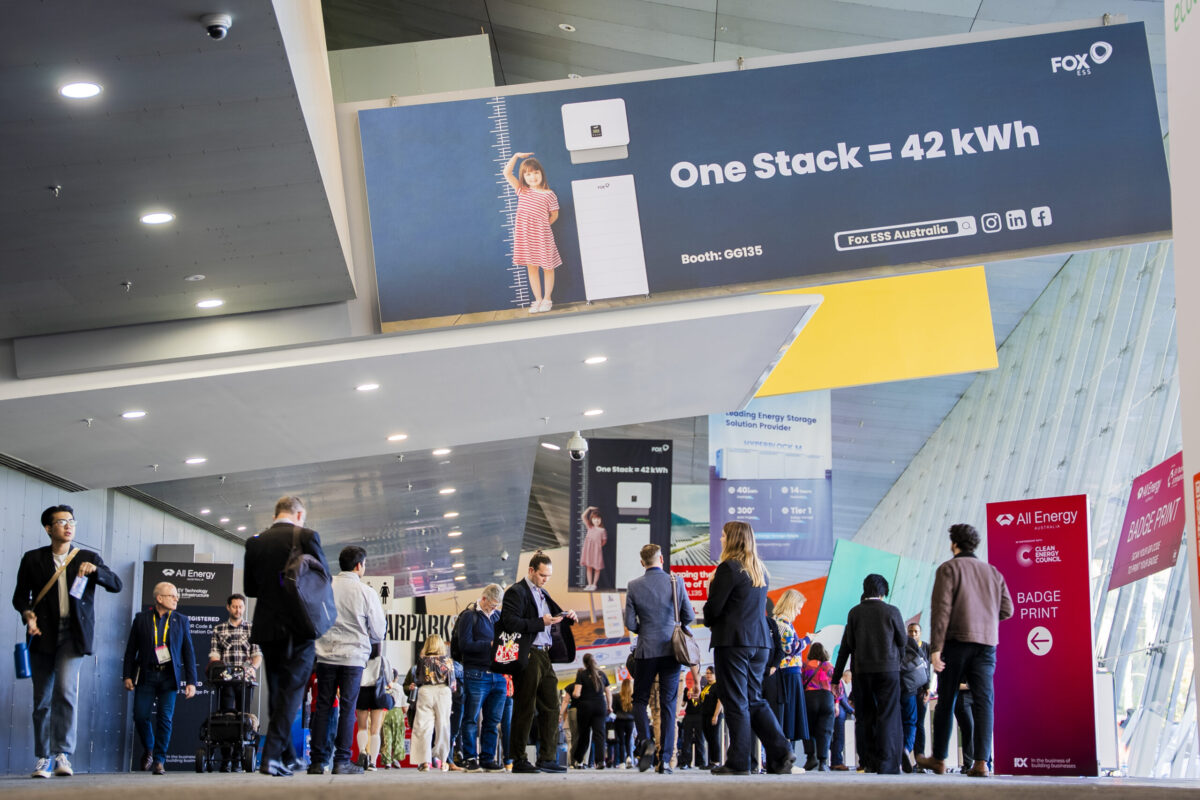


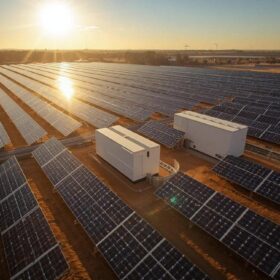
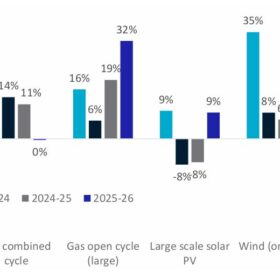
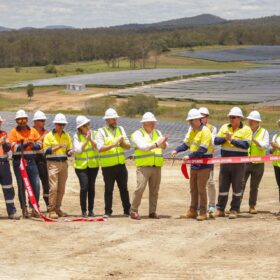

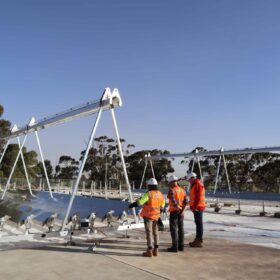
This is great news and opens up a tremendous opportunity for Australia. We need to change our foreign investment rules to match those of many other countries.
Any mining investment must have an Australian partner with at least 50.1% of ownership. This gives an opportunity for Australian investors who are complaining about the lack of investment opportunity in the future with the controls over negative gearing. You can run riot with negative gearing while taking part in a fabulous opportunity. Raising capital has always been a problem in Australia partly because investors compare the risk of investing in the country’s future with the (apparent) certainty of a bit of real estate. If the investors don’t invest then the government could be a partial investor but current activities by government indicate that this is probably too open to corruption, and the system won’t detect it.
We also should impose export controls that specify say 50% of the product has to be processed in Australia. This may not mean 50% of the lithium has to be made into batteries. Instead 100% of all Australian Lithium could be turned into a precursor chemical of equal value. This is better than the current 0.53% !!
We have a valuable resource if our mines are as efficient as they usually are and the LI is well located. How does the FOB cost of production of Australian Lithium compare with, for example, Chilean Lithium?